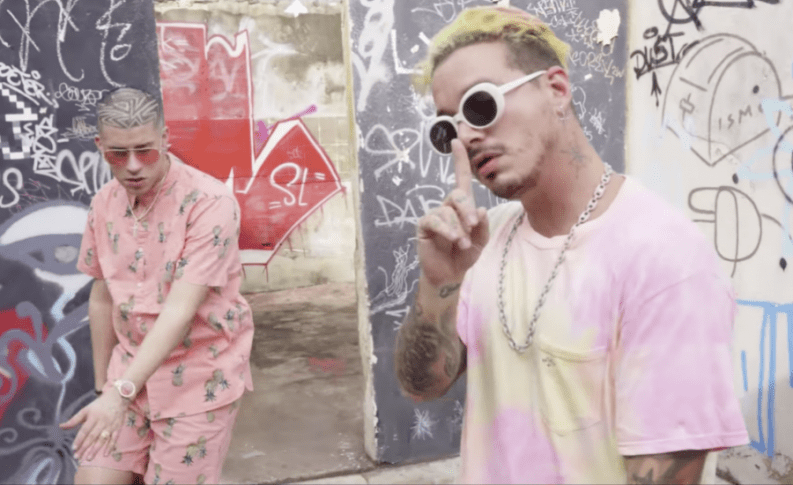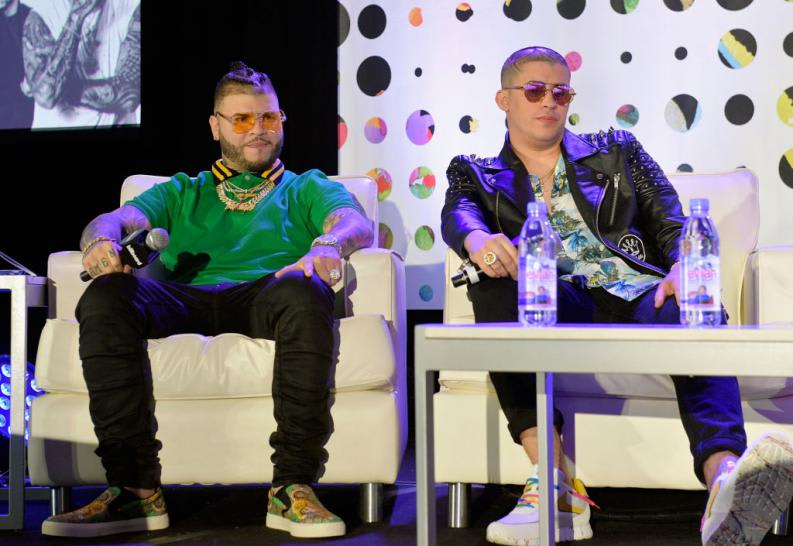Although reggaeton has been the undisputed king of Latin music for some time now, the slower paced Latin Trap is making waves through the Internet, going beyond viral. But, unlike reggaeton, it has not enjoyed total radio or mainstream success yet.
Trap music is a sub-genre that has been around since the ’90s and originated from Southern hip-hop. It is often defined by the hardships of street life, such as poverty and violence. With music trends changing, more and more Latino urban artists are gearing to the genre, and they’re changing the game.
Rappers and reggaetoneros from Puerto Rico to Colombia have taken elements of trap and infused them into their music, and music streaming titan Spotify has embraced the genre creating playlists and promoting artists on their front page.

Bad Bunny is a triple threat (singer/producer/rapper) from Puerto Rico. He has a distinct baritone that is quite notorious right now, thanks to his work with a seemingly endless list of stars.
These collabs have helped make him one of the top 400 Spotify artists in the world, with approximately 4.9 million monthly listeners.
Farruko is one the most famous reggaeton-artists-turned-trap-stars. He’s built a strong following after collaborating with performers like Yandel. In interviews, he’s explained that he felt limited in reggaeton and that Spanish-language trap allowed Farruko to try his hand at more experimentation.

Horacio Rodriguez, VP of Marketing for Universal Music Latino, explained: “It goes beyond trap: the music we call ‘Latin urban’ is now diversifying into many different forms. It’s popping in the streets right now with zero radio airplay. It’s a counter-culture of young kids listening to this music.”
Lyrics found in trap music tend to be uncensored and gritty; in fact, the term “trap” is used to describe a place where drugs are made available. This is one of the reasons Latin trap has not quite made it to the mainstream.
Some of the first pioneers of the genre included Outkast, Goodie Mob, and Ghetto Maffia. Artists such as T.I., Future, A$AP Rocky, and 2 Chainz, are also categorized as trap artists.

For many Latino urban artists that are jumping on board with the genre, trap music is merely a lifestyle.
“Worst things are seen in TV series,” Farruko said. “You can’t criticize today’s youth for making music out of things they are living on the streets. We’re not selling drugs, we’re making music,” he added.
